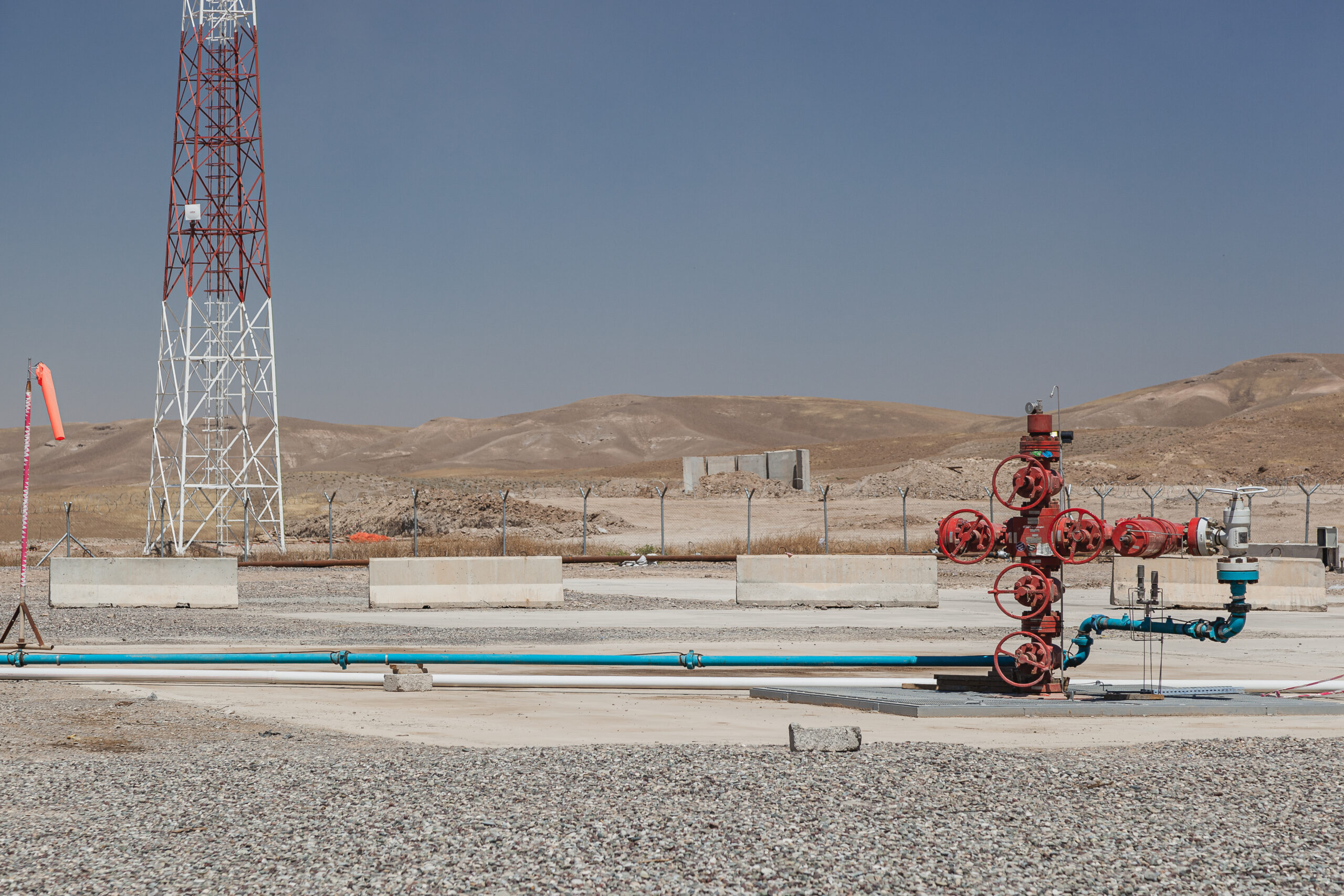More Oman LNG deals on the cards, 4th train under study: interview
Oman LNG has made headlines in recent weeks with a string of new LNG contracts, but more are still expected, a manager at the firm told Gas Outlook in an exclusive interview.

(Muscat, Oman) — As more LNG supply contracts are expected to be announced in coming weeks, plans to add a fourth LNG train in Oman in the medium- to longer-term are still under consideration, Ghalib Alamri, Manager of Market Intelligence at Oman LNG, told Gas Outlook in an interview on Tuesday on the sidelines of the Oman Petroleum and Energy Show in Muscat.
Under the latest deal announced on 21st April, Oman LNG signed a 0.8 mtpa supply with France’s TotalEnergies. The French company also took FID on the 1 mtpa Marsa LNG-bunkering project.
The two deals are different. The 0.8 mtpa deal is an off-take agreement with TotalEnergies which is also a stakeholder at Oman’s LNG three-train complex in Sur, in the north-eastern part of the country. Meanwhile, the 1 mpta volume for the Marsa LNG plant will come from upstream supplies as part of the integrated project developing the Mabrouk North East field.
The deal with TotalEnergies follows several other agreements with Shell (1.6 mtpa for 10 years), Turkey’s Botas (1 mtpa for 10 years), Japan’s JERA (0.8 mtpa for 10 years) and Germany’s SEFE (0.4 mtpa for four years from 2026) in recent weeks, to name just a few. But none of these deals represent additional volumes or any increases in export capacity.
Expiring contracts and diversification
Instead, they are the result of Oman LNG’s work in recent years to secure new contracts that will replace those that cover today’s export capacity of 11.4 mtpa and that are set to expire by the end of 2024 and from 2025. “We have agreed our term sheets over the past three years and what you are seeing is the signing of the Supply and Purchase Agreements (SPAs),” Alamri said, adding that more SPAs would be announced in coming weeks as part of this process.
As part of the new contracts, Turkey’s Botas and Germany’s SEFE are new buyers. Alamri agreed that Oman LNG is looking to diversify its portfolio of customers. “We are looking to expand the outreach of LNG from Oman in terms of geography in Asia and Europe,’ he said. “Turkey is a key market for us which provides access to Europe. We have SEFE which gives access to northern Europe in Germany. We also have traditional buyers in Japan and China.”
Oman’s export capacity was boosted from 10.2 mtpa to 11.4 mtpa after some de-bottlenecking work completed in 2023. But the sultanate is considering plans to add a fourth train.
“Plans to add a fourth train are still at the evaluation stage from the government,” he said. “Discussions are still ongoing. A technical evaluation was done,” he told Gas Outlook, adding that a decision could be expected by early 2025.
Alamri said buyers’ interest for Omani LNG has been high, something he attributes to Oman’s advantages – including its geographical position and its neutral political stance on the international scene. He also stressed the fact that the sultanate is an established LNG exporter with a brownfield LNG infrastructure for which costs have been long sunk in.
“We position ourselves as a very flexible producer,” he said. “We offer a mixture of free-on-board (FOB) and delivered ex-ship (DES) terms in new contracts, with a majority of FOB,” he said. The FOB terms of the contract mean the buyer can ship the cargoes anywhere without destination restrictions.
“Obviously, the terms depend on the preference and the flexibility that each party needs. For us obviously, using DES can be important to match our own requirements for optimisation and operational flexibility that we can use,” he said.
In terms of prices, Oman LNG remains generally committed to oil-indexation. “We will always be biased towards Brent. That’s a fact given the nature of Oman’s economy. But we still look at different indices, depending on economics.”
Oman LNG published its 2023 LNG report on Tuesday. Oman LNG delivered 173 LNG cargoes in 2023, down a touch from 176 in 2022, and 31 natural gas liquids cargoes. Its sales comprised 94% via contracts and 6% via spot sales.


